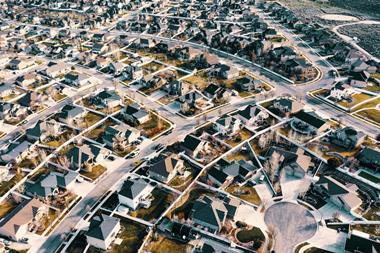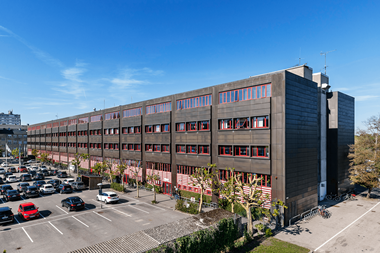Residential property’s strong performance last year is prompting discussion over its appeal to institutional investors.
This week, the Investment Property Databank (IPD) launched its residential index, with a total return of 14.7% for 2013.
Capital growth contributed 11.7%, with income return adding 2.7%.
Speaking on a panel following the presentation of IPD’s index, Mark Weedon, IPD head of UK residential, said UK residential property came with low risk and high returns.
“Residential continues to outperform commercial sectors – with lower volatility,” Weedon said.
DTZ valuation director, Jonathan Stickells, said the results showed there was “no better time to invest in the UK residential sector”.
The improved returns, however, are yet to prompt significant activity by institutional investors.
As reported last week, the institutional sector accounts for just 1% of investment in UK residential property.
M&G Real Estate fund manager Alex Greaves said the sector had the potential to deliver favourable returns over the long term.
However, his enthusiasm was for now limited to Greater London’s residential sector, he said, pointing to the lack of rental growth and wider economic outlook beyond that.
IPD found yield compression throughout London, but values are falling beyond the capital.
“We need to see wage growth in UK secondary cities,” Greaves said, adding that M&G would choose inner London over central London when investing in residential.
James Coghill, Savills head of residential capital markets, said: “There will be locations outside London and the south-east that will be recognised in due course by institutional investors.”
But, with a growing rental and increasingly transient population, London and the south-east of the UK dominate both returns and investor appetite.
The centre of the UK capital returned 14.7% last year, while inner London returned 17.5%.
“Further work is required to get the private-rented sector off the ground,” Stickells said.




















